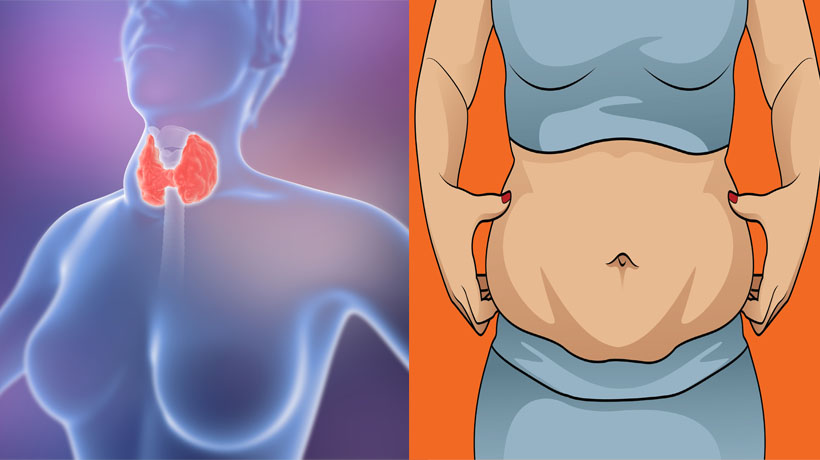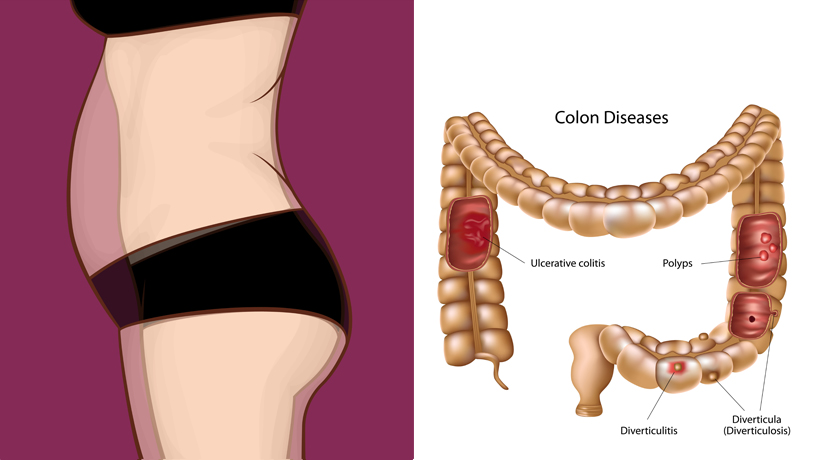Our pancreas is an organ, located behind the stomach, which plays an important role in digestion and regulating blood sugar. When the pancreas is malfunctioning, it can be hard to determine due to its location deep in the abdomen.
In severe instances, pancreatic cancer is one critical disease associated with the pancreas and is the fourth most deadly cancer for men and women in the United States. It is often called the “silent killer” because the symptoms it presents are generic and often undetectable until the tumor has grown past an operable size. Risk factors include smoking and obesity.
There are, however, some warning signs that can help with early detection. If you present with these symptoms, particularly if your family has a history of pancreatic cancer, consult with your doctor immediately.
Pancreatic cancer is caused by rampant abnormal cell growth within the pancreas that forms a tumor. Within the pancreas, there are two types of cells: exocrine cells which manufacture the enzymes that aid in digestion, and endocrine cells which manufacture hormones within the pancreas. Accordingly, there are two types of pancreatic cancer that manifest differently: pancreatic exocrine tumors which account for about 94 percent of pancreatic cancers, and pancreatic neuroendocrine tumors which make up the remaining 6 percent of pancreatic cancers.
Pancreatic Exocrine Cancer:
1) Jaundice
Many patients with pancreatic cancer present with jaundice – one of the first symptoms to present itself. It is identified by a distinct yellowing of the eyes and skin. It is caused by bilirubin build-up due to a blockage of the common bile duct. Tumors that form in the pancreas are very close to the common bile duct and press on it, causing blockage. Once the cancer has spread outside the pancreas, it often moves quickly to the liver, which can also cause jaundice.
Before the eyes and skin start to become noticeably yellow, jaundice can sometimes be identified by noticing dark urine, gray or greasy colored stools, and itchy skin.
2) Pain, Weight Loss, Nausea, and Vomiting
Unfortunately, these symptoms can be caused by many other conditions, but they are signs nonetheless. As pancreatic tumors grow larger, they often press against other organs in the abdomen, which can be quite painful or make it very difficult for food to pass through. This leads to nausea, vomiting and pain, which often increases after eating. Pancreatic cancer sufferers often experience unintended weight loss and almost no appetite. Further, once pancreatic cancer leaves the pancreas it often spreads quickly to the nerves surrounding it, causing severe back pain.
3) Blood Clots
It is not fully understood why certain cancers, including pancreatic, are prone to causing blood clots, but it is believed that they damage tissue and inflammatory responses and emit chemicals, both of which activate the clotting (coagulating) system in the body.
Pancreatic cancer causes both deep vein thrombosis (DVT), which is identified by swelling, warmth and redness in the large veins of the legs, and pulmonary embolism (PE), which occurs when a clot travels to the lungs and causes chest pain and difficulty breathing.
4) Fatty Tissue Abnormalities
When functioning normally, the pancreas releases enzymes that are used to digest fat. However, when this process is disrupted due to tumors, the fat is not broken down and begins to build up in odd places. Over time, this leads to layers of fatty tissue building up under the skin, giving it an abnormal and uneven texture.
Pancreatic Neuroendocrine Cancer:
There are many different symptoms associated with neuroendocrine cancer, tumors cause excess hormones to be released into the bloodstream and depending on the type of tumor many different hormones can be produced. Below are some of the different types of neuroendocrine tumors:
1) Gastrinomas
These tumors cause an overproduction of stomach acid, which leads to stomach ulcers causing pain, nausea and loss of appetite. In more severe forms, they may cause bleeding which can lead to anemia, black and tarry stools, and even death.
2) Glucagonomas
The tumors cause too much glucose to be produced in the bloodstream, which may lead to high blood sugar and in severe cases diabetes. This can also lead to diarrhea, weight loss and malnutrition. The most common way of identifying glucagonomas is a condition known as necrolytic migratory erythema—a red rash that travels from place to place on the skin and causes swelling and blisters.
3) Insulinomas
These tumors have the opposite effect of glucagonomas by causing too much insulin production, leading to low blood sugar. Symptoms of low blood sugar range from the mild: weakness, confusion, and rapid heartbeat, to the severe: fainting, coma and seizures.
4) Somatostatinomas
These tumors cause the overproduction of somatostatins, a hormone which regulates other hormones. Symptoms can include pain, nausea, vomiting, diabetes and jaundice.
5) VIPomas and PPomas
These tumors make peptides which regulate both the endocrine and exocrine cells in the pancreas. Vasoactive Intestinal Peptides (VIP) and Pancreatic Peptides (PP) cause underproduction of stomach acid which leads to pain, nausea, vomiting, flushing of the face or neck, severe diarrhea and difficulty digesting food. They can also lead to liver enlargement.
Sources:
https://www.cancer.org/cancer/pancreatic-cancer/detection-diagnosis-staging/signs-and-symptoms.html
https://www.livescience.com/44662-pancreas.html



























